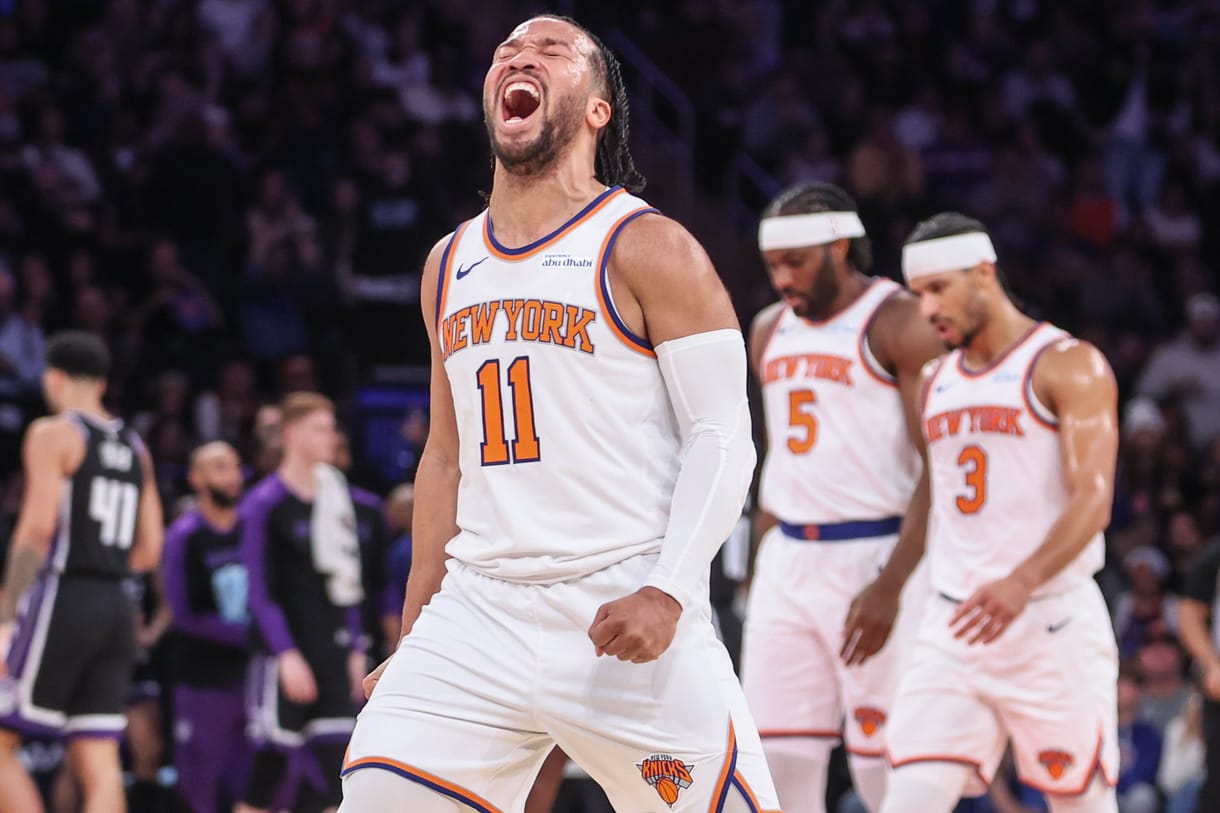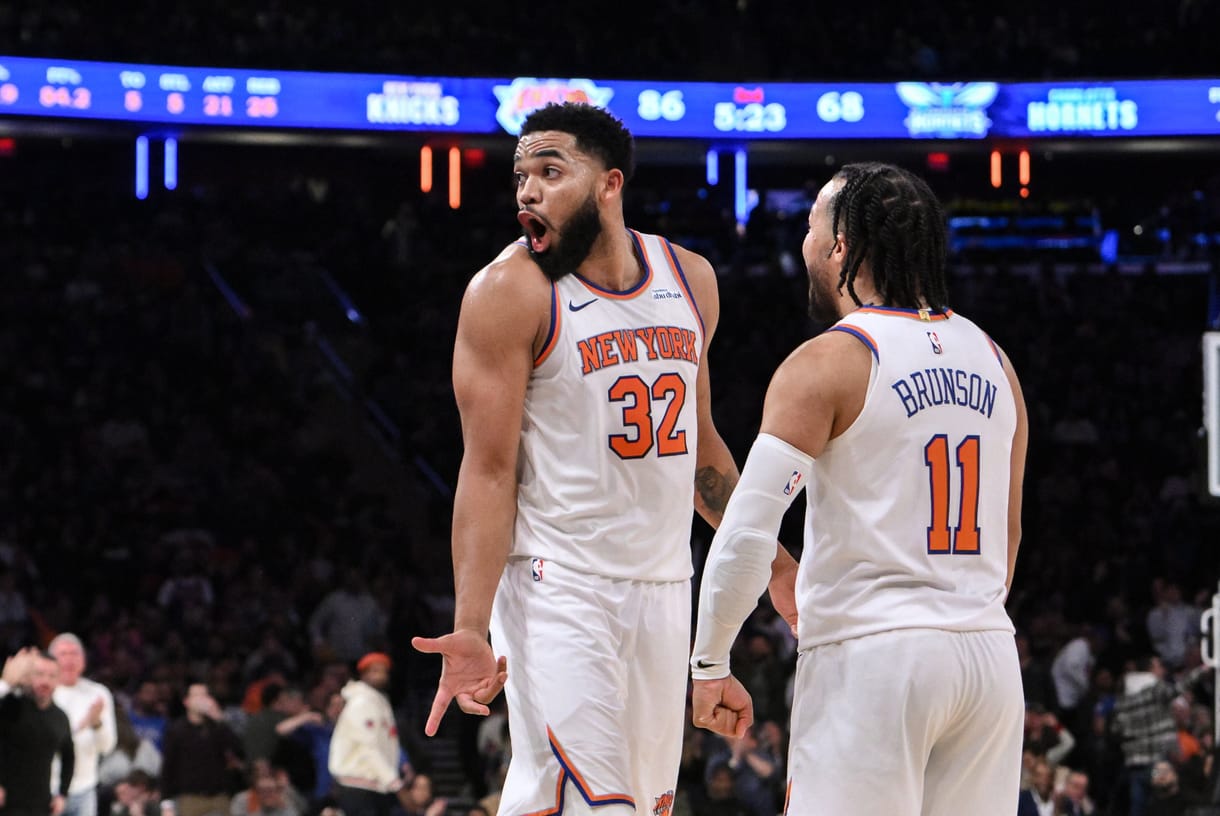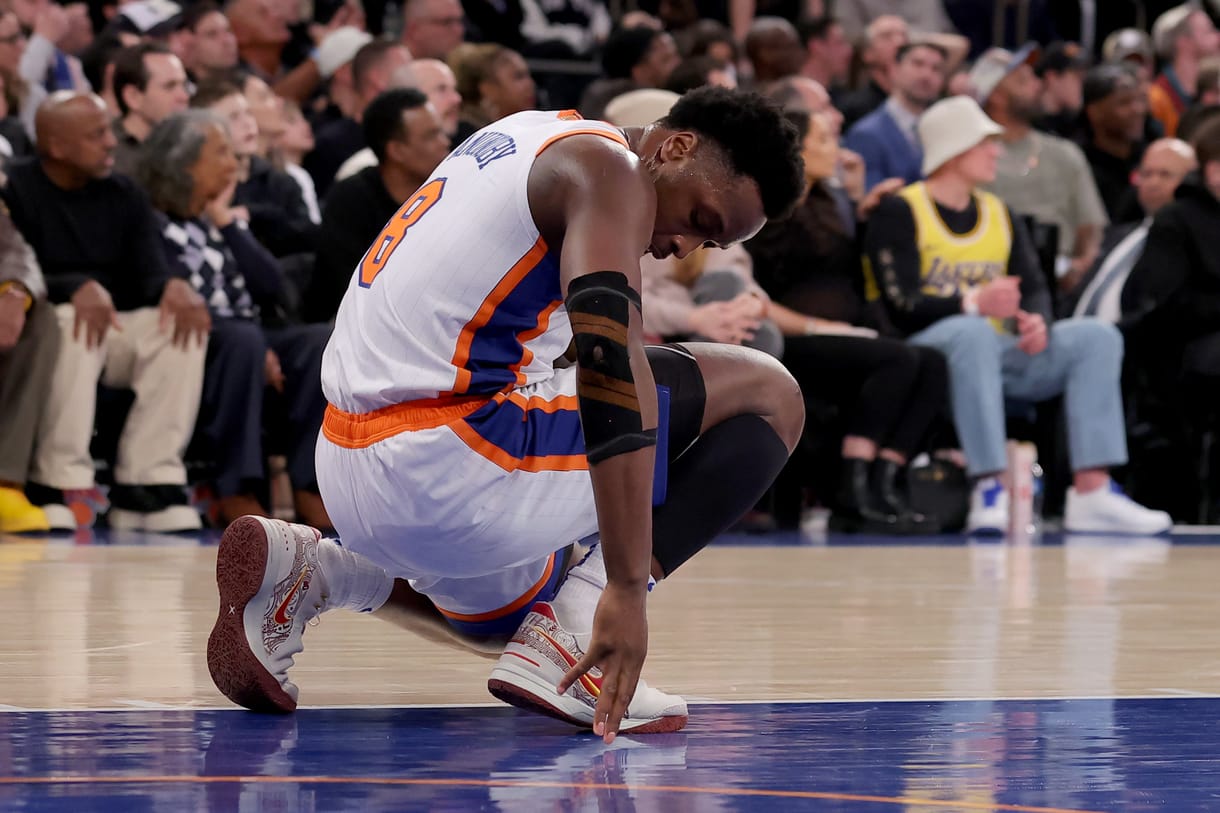
The New York Knicks are about to look like a very different team this season. Gone are the grinding, isolation-heavy possessions under Tom Thibodeau, where offensive sets often slowed to a crawl and relied on stars to create one-on-one magic.
Under new head coach Mike Brown, the Knicks are shifting gears into a faster-paced, free-flowing offense built on constant ball movement. For a fan base used to half-court slugfests, the transformation could be jarring—but it also carries the potential to unlock a higher ceiling.
A system overhaul with pace and motion
Brown isn’t easing into this transition—he’s pushing it to the forefront. ESPN’s Brian Windhorst, reporting from the team’s training camp in Abu Dhabi, described the shift: “I’m currently in Abu Dhabi…Mike Brown is really focusing on the offense…showing extra film before practice, going over the system…It’s very different & higher speed. We’ll see if it actually takes, their fans are going to be surprised.”
That surprise will come in the form of tempo. The Knicks want to run, move the ball side-to-side, and force defenses to cover all five players instead of just the lead guard. For players like Jalen Brunson, who has carried heavy isolation burdens the past two years, that means less predictable possessions and a chance to conserve energy for when games get tight.

The fatigue trade-off
Of course, an up-tempo offense comes with its own challenges. Playing faster naturally burns energy quicker, and Brown knows he can’t afford to run his stars into the ground. That’s why his commitment to managing minutes is so essential. Unlike Thibodeau, who leaned on his starters until their legs gave out, Brown plans to keep rotations fresh.
Players like Josh Hart won’t be logging unsustainable 37–38 minutes per night anymore. Instead, Brown is leaning into his bench, making sure second-unit groups are strong enough to maintain momentum when the starters sit. The philosophy is simple: pace without depth is a recipe for collapse by April. Pace with depth, however, can be the foundation for a deep playoff run.
Why veterans matter in Brown’s system
Depth is only valuable if those bench players can deliver, which is why the Knicks prioritized proven veterans in free agency. Malcolm Brogdon arrived on a non-guaranteed deal but brings a steady hand as a backup point guard, someone who can keep the offense flowing and avoid costly turnovers. Landry Shamet was re-signed to provide pace and perimeter shooting, traits that fit perfectly into Brown’s high-speed scheme.
Add Jordan Clarkson, a pure scoring guard capable of catching fire off the bench, and Guerschon Yabusele, who adds muscle and offensive versatility in the frontcourt, and suddenly the Knicks’ second unit looks far more dangerous than it did last year. These aren’t placeholders—they’re weapons designed to keep the pace alive when Brunson, OG Anunoby, or Karl-Anthony Towns are resting.

Building an offense built for the postseason
For years, the Knicks have been a team that ran out of gas by the time the playoffs arrived. Heavy minutes, predictable half-court sets, and over-reliance on stars made them easy to game-plan against. Brown’s system aims to flip that narrative. By spreading minutes across a deeper bench and leaning on movement instead of isolation, the Knicks want to enter the postseason fresher and harder to defend.
The strategy is risky—shifting from methodical offense to high-tempo basketball requires buy-in and conditioning. But the upside is undeniable. With veterans like Brogdon, Shamet, and Clarkson reinforcing the rotation, New York may finally have the blend of star power and depth to keep pace with the NBA’s elite.
This season, Knicks fans won’t just see their team playing faster—they’ll see them playing smarter.
